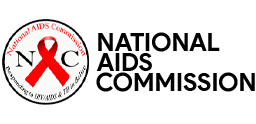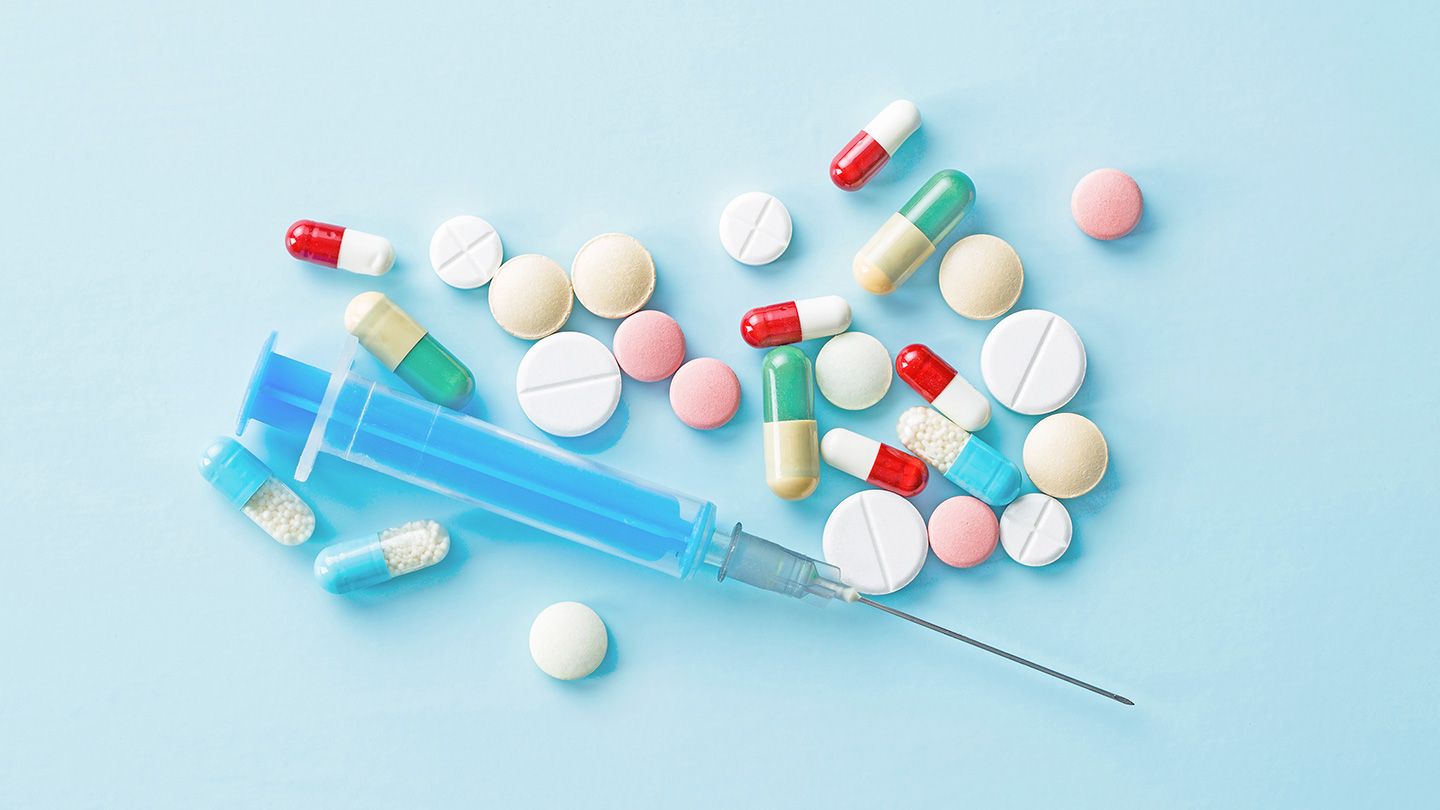The right treatment can mean that you have a better chance of living a long and healthy life, with almost normal lifespan. Currently available anti-HIV drugs or antiretroviral cannot cure HIV. However, treatment can reduce the amount of HIV in your blood (indicated by viral load tests) to such a low level that it cannot be detected using laboratory tests. This is called and “indetectable” level which is the goal of HIV treatment. Having and undetectable viral load allows the individuals immune system to stay strong and fight off infections. There is evidence that HIV treatment Is effective, when taken properly, and will work against the virus in the long terms keeping the viral load undetectable. However, for this to happen, taking your HIV treatment properly is most important. This is called adherence and it is most important factory under your control in ensuring success of treatment.
Not taking your HIV treatment can mean that the levels of the drugs in your blood are not high enough to properly fight HIV. If this happens, your HIV will be able to reproduce. The strains of HIV that reproduce when you’re taking HIV treatment can develop resistance to the drugs you are taking. Resistance can mean that your HIV treatment will not work properly. Additionally, this could mean that your viral load will increase your CD4 cell count, an important indicator of the health of your immune system, will reduce. Tis situation increases your chances of becoming ill because of HIV.
If your viral load increases to detectable levels, it will be necessary to change your HIV treatment. While there is more choice available now, this new treatment might be more difficult to take than the present regimen you were taking before and could involve a risk of more or new side-effects. There is also a possibility that you could also become resistant to drugs similar to those you are currently taking. This is called cross-resistance and the risk varies between different classes of HIV drugs.
When taken properly, HIV treatment can also lower viral load in genital fluids to undetectable levels. This can reduce the risk of HIV transmission during sex. A consequence of not taking your HIV treatment properly can be that the amount of virus in your genital fluids increases, therefore increasing the risk of passing on HIV to your sexual partner(s) and the type of HIV which you pass on may be resistant to one or more of the drugs.



